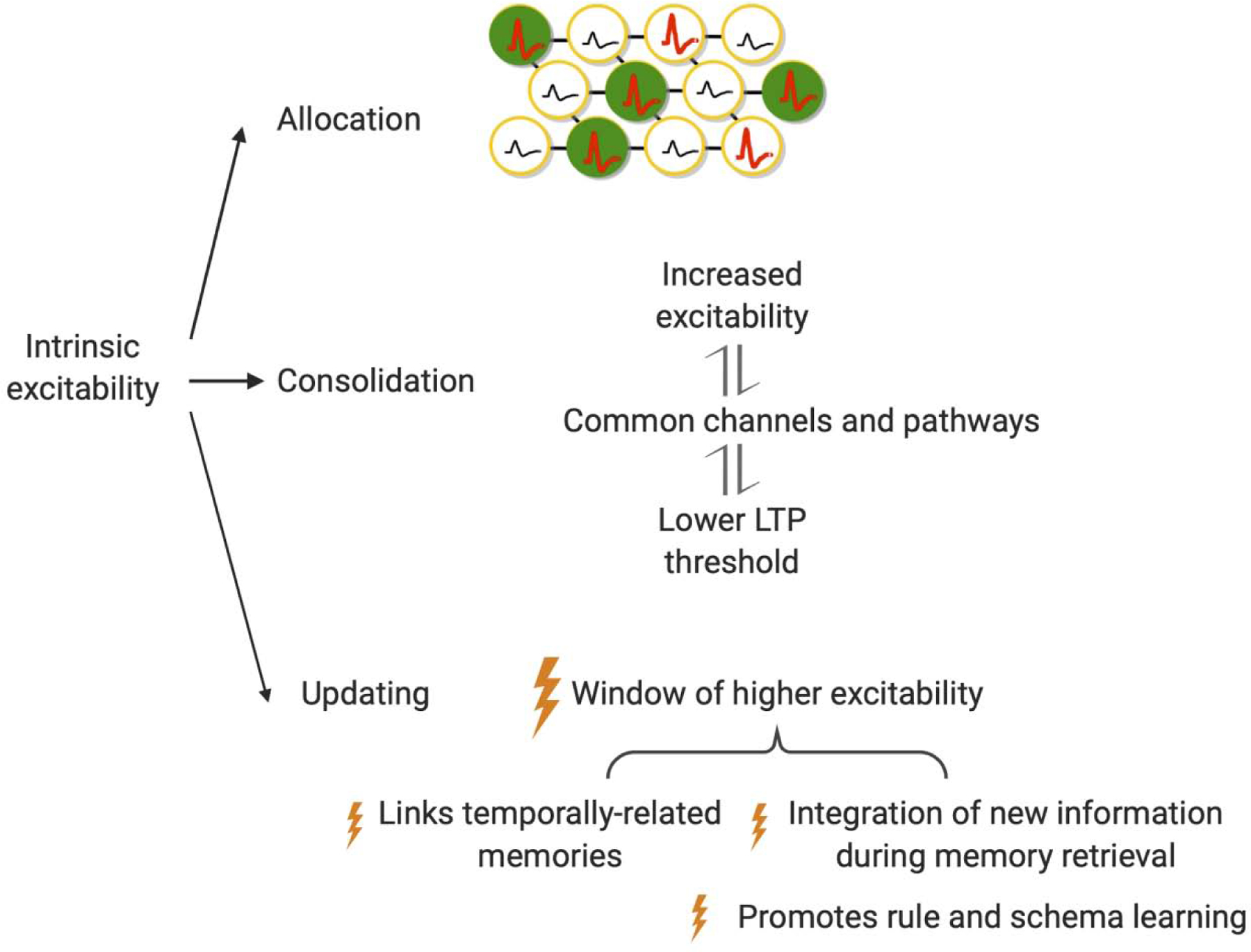Figure 2. The contribution of intrinsic excitability in memory allocation, consolidation, and updating.

Allocation: neurons with a higher excitability at the time of learning have a higher probability to be recruited into a memory ensemble. Consolidation: increases in neuronal intrinsic excitability lower the threshold for LTP induction, through common underlying voltage-gated ion channels (such as SK channels) and signaling pathways. Updating: excitability is important for memory integration during updating after allocation and consolidation. Here, we have highlighted the role of heightened excitability in three processes: temporal memory-linking, memory integration during retrieval, and rule and schema learning.
